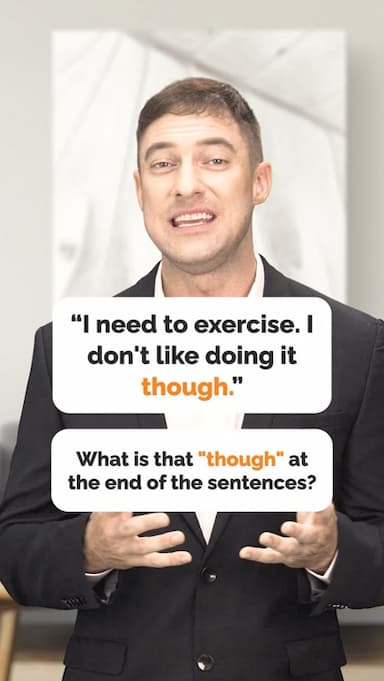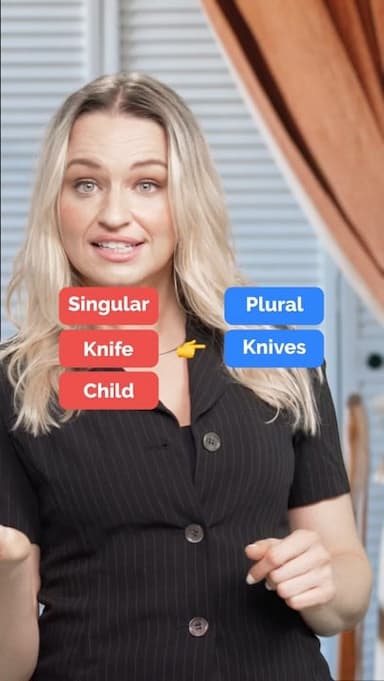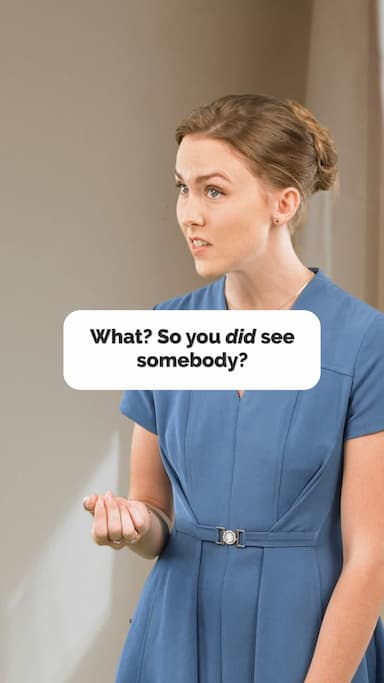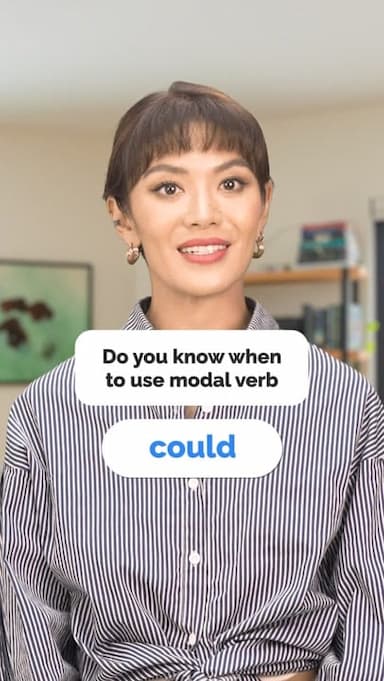Understanding Future Contractions: I'll, You'll, He'll & More
Future contractions are a common feature in English that help speakers sound more natural and conversational. By combining the pronoun and "will", these contractions make speech smoother and more efficient. Here are 7 future contractions you need to know.
- I will -> I'll: "I'll" is used to indicate that you will do something in the future. For example, "I'll go to the store later".
- You will -> You'll: "You'll" suggests that the person you are speaking to will do something. For example, "You'll love this movie".
- He will -> He'll: "He'll" refers to a future action by a male. For example, "He'll finish his homework soon".
- She will -> She'll: "She'll" indicates a future action by a female. For example, "She'll call you back".
- It will -> It'll: "It'll" is used for non-human subjects. For example, "It'll be sunny tomorrow".
- We will -> We'll: "We'll" shows a future action by a group including the speaker. For example, "We'll meet at noon".
- They will -> They'll: "They'll" refers to a future action by a group not including the speaker. For example, "They'll arrive soon".
Using these contractions can make your English sound more fluid and less formal. Practice incorporating future contractions into your daily conversations to become more comfortable. For instance, instead of saying "I will see you later", you can say "I'll see you later".
Get the full app experience
Engaging video lessons and fun quizzes to help you ace your English.
Improve your English Level
Improve your pronunciation
Practice conversations
Sharpen your listening Skills
Fix common mistakes in English
Learn Grammar in a fun way
Expand your English Vocabulary
Coming soon to Google Play
© 2023 fluentjoy.com












